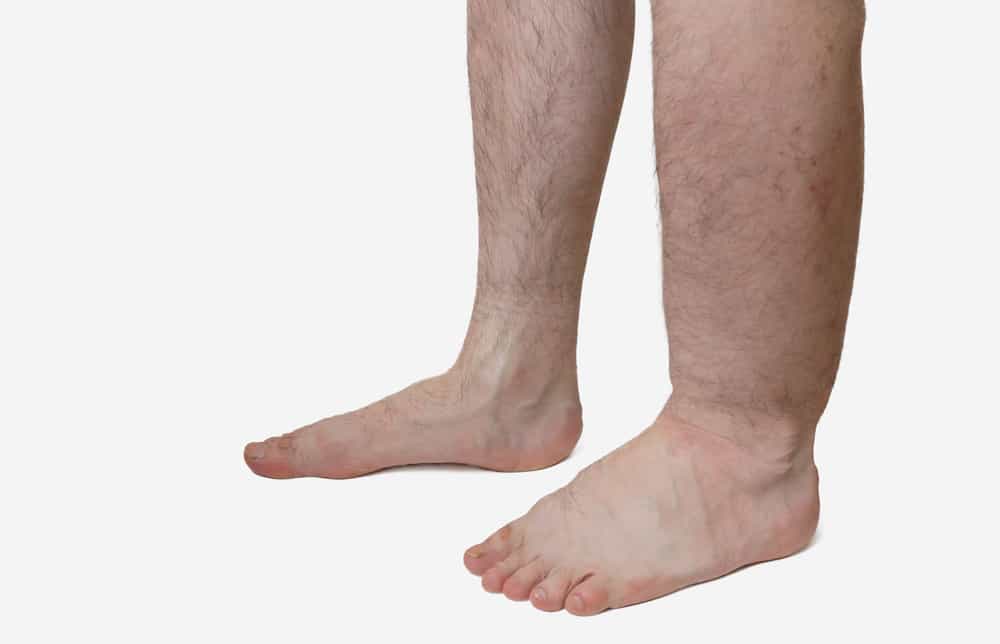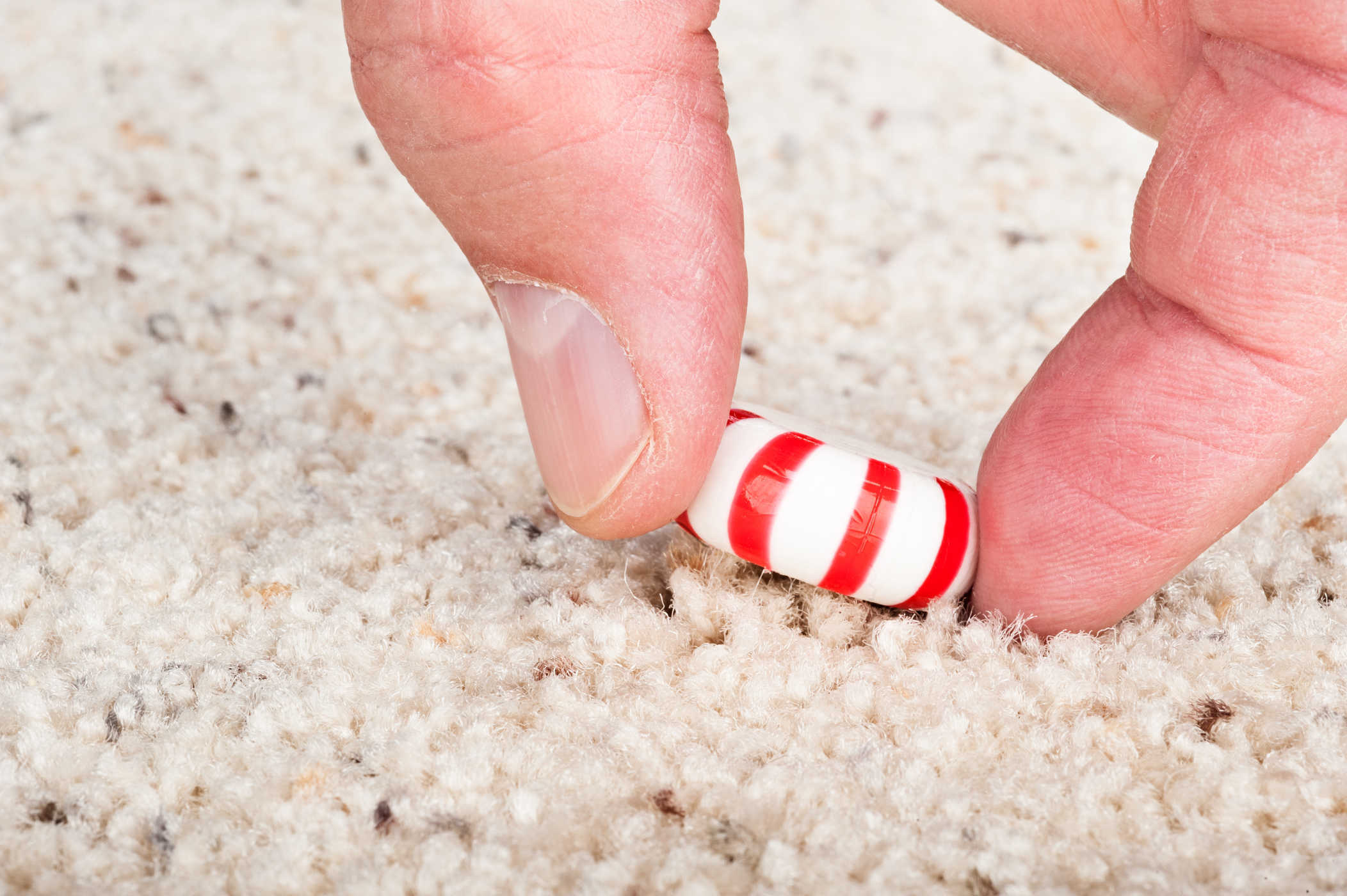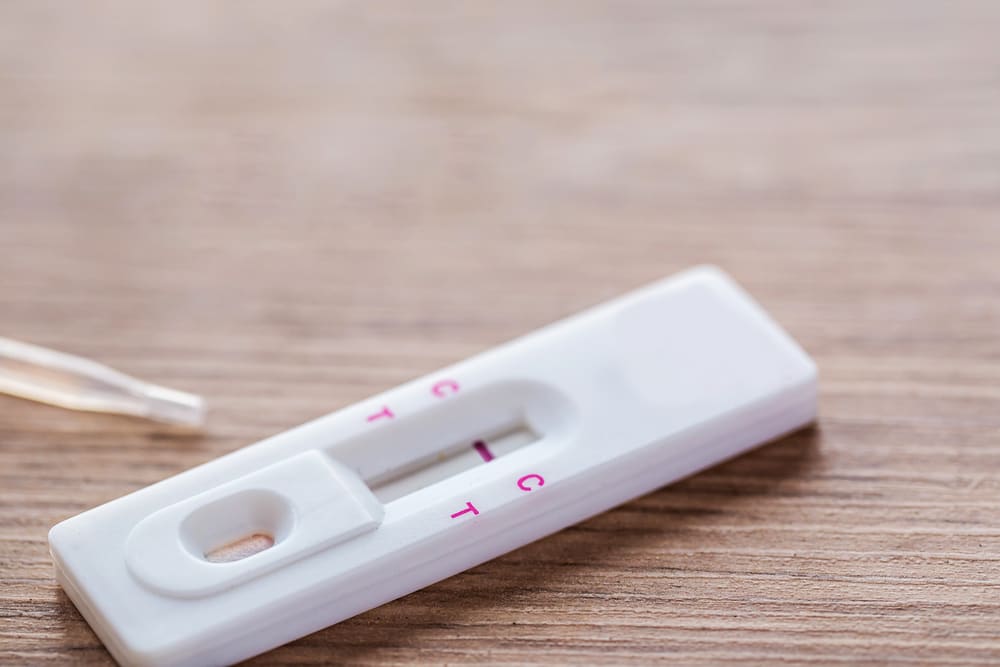Contents:
- Medical Video: Lymphatic Resection: Vascular Surgery for Lymphedema
- What happens if someone has elephantiasis?
- Causes of elephantiasis and the transmission process
- Symptoms and characteristics of elephantiasis
- How to prevent and deal with elephantiasis
Medical Video: Lymphatic Resection: Vascular Surgery for Lymphedema
Elephant's foot is a class of infectious diseases caused by filaria worms and is transmitted through various types of mosquitoes. This disease is chronic (chronic) and if you do not get treatment, it can cause permanent disability in the form of enlargement of the legs, arms, and genitals, both in women and men. Elephant foot disease is not a deadly disease, but it can interfere with daily activities and is also embarrassing.
What happens if someone has elephantiasis?
WHO explained that elephantiasis is a neglected tropical disease. Infection is usually acquired by a person in childhood, and causes hidden damage to the lymphatic system. The manifestation of this disease itself looks painful and is very deforming. Limfoendema, elephantiasis, and scrotal swelling can occur later in life and cause permanent disability. The patients are not only physically disabled, but also suffer mental, social and financial losses, thus contributing to stigma and poverty.
At present, around 1.10 billion people in 55 countries live in areas that require preventive chemotherapy to stop the spread of infection. About 80% of these people live in the following 10 countries: Angola, Cameroon, Cote d'Ivoire, Democratic Republic of the Congo, India, Indonesia, Mozambique, Myanmar, Nigeria and the Republic of Tanzania.
Causes of elephantiasis and the transmission process
According to WHO, there are three types of filarial worms that cause elephantiasis, namely:
- Wuchereria bancrofti, which is responsible for 90% of cases.
- Brugia malayi, which causes the case of a portion of the rest.
- Brugia timori, which causes a small number of cases.
Adult worms settle in the lymphatic system and interfere with the immune system. Worms can live for an average of 6-8 years, and during their lifetime, they produce millions of microfilariae (adult larvae) that circulate in the blood.
Mosquitoes infected with microfilariae when he swallowed infected human blood. Adult microfilariae turn into infective larvae in mosquitoes. When infected mosquitoes bite people, larvae enter the human body and migrate to lymphatic vessels and then become adult worms.
Filariasis can be transmitted by various mosquitoes, such as the Culex mosquito (which is widely circulated in all urban and semi-urban areas), Anopheles mosquitoes (circulating in rural areas), and Aedes mosquitoes (which are mostly found in islands endemic to the Pacific).
Symptoms and characteristics of elephantiasis
According to the Indonesian Red Cross (PMI), the symptoms and signs of elephantiasis are divided into two, namely acute symptoms and chronic symptoms. In acute symptoms, you will feel:
- Fever repeatedly for 3-5 days (fever disappears when resting and reappears after heavy activity).
- Swollen lymph nodes (without injury) in the folds of the thighs or armpits that appear reddish, hot, and painful.
- Inflammation of the lymph node tract that feels hot and sore, which radiates from the base of the foot or base of the arm towards the tip.
- Enlargement of the limbs, arms, breasts, or testicles, which look rather reddish and feel hot.
In chronic symptoms you will feel a permanent enlargement of the limbs, arms, breasts, or testicles.
How to prevent and deal with elephantiasis
According to PMI, there are several ways to prevent and treat elephantiasis. For prevention, you must:
- Doing education and introducing elephantiasis in sufferers and surrounding residents.
- Eradicate mosquitoes in their respective regions to break the chain and spread the disease.
- Doing 3M movement (draining, closing, burying) and maintaining environmental cleanliness is the most important thing to prevent the development of mosquitoes in the area.
- Try to avoid infectious mosquito bites.
For handling, you must:
- Encourage the patient to immediately seek treatment at a health facility.
- Report case findings to local health centers and village officials.
- Mass treatment can be done in areas affected by the outbreak using the Diethyl Carbamazine Citrate (DEC) drug, which is combined with Albenzol once a year for 5-10 years. To prevent a reaction such as fever, you can give Paracetamol. Mass treatment can be stopped if the microfilariae level (MF rate) is <1%.
By eradicating elephantiasis, you can prevent unnecessary suffering and also contribute to poverty prevention.
READ ALSO:
- Sundry Mumps in Children
- 6 Facts You Need to Know About Dengue Fever
- Choosing Effective Mosquito Repellent












